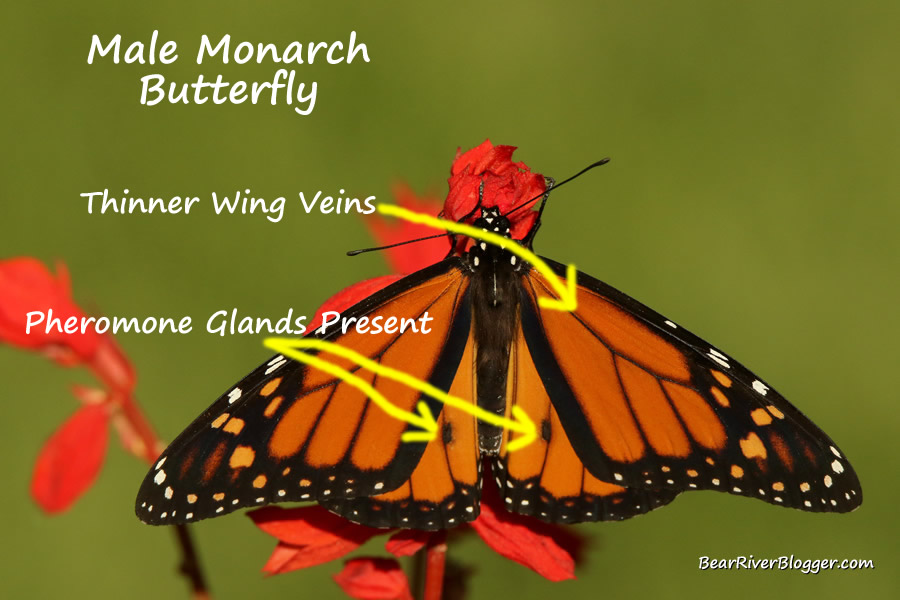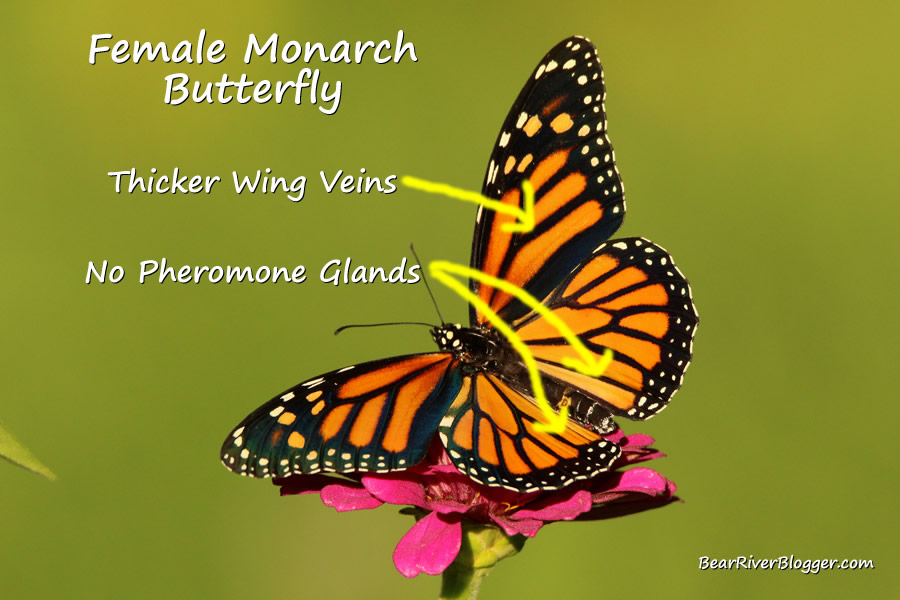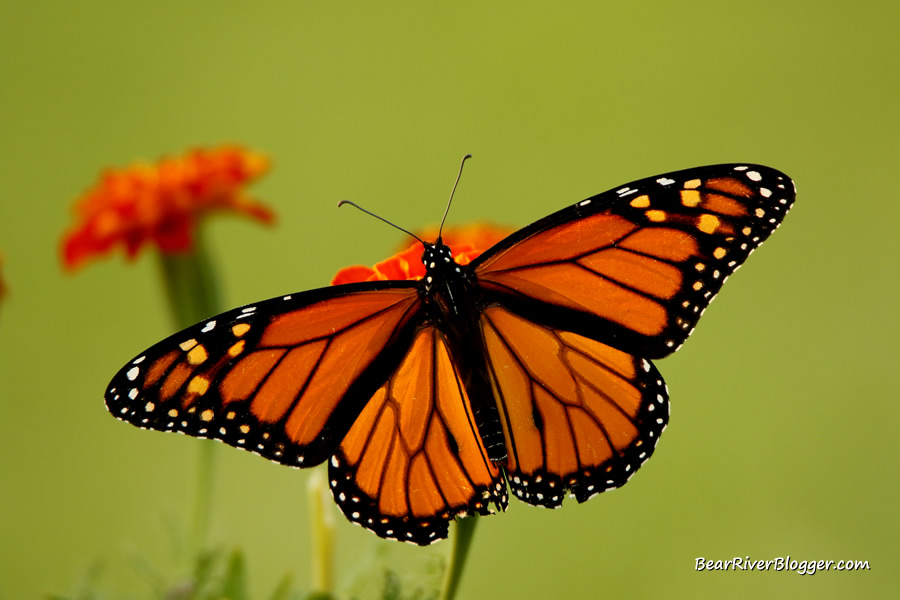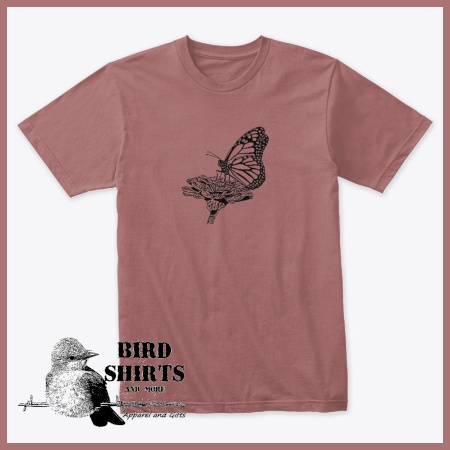For me, personally, one of the greatest joys in nature is the long-awaited arrival of the beautiful and iconic monarch butterfly each spring.
I can honestly think of no other winged visitor to the backyard garden that, by itself, gives me more enjoyment.
Alright, I’ll go ahead and admit I do get great horned owls from time to time in my large trees throughout the year, and as far as birds go they could very easily take the top spot on the avian-only list.
But there is no other creature in nature I can think of that excites me more each year in the yard than a monarch butterfly fluttering around some milkweed or a patch of bloomed sunflowers.
And like many other butterfly enthusiasts out there, I too had wondered for years just how you tell the difference between a male and female monarch butterfly when they look so similar.

It wasn’t until several years ago when I was talking to Kathi Stopher, the now retired visitor services manager for the USFWS Bear River Migratory Bird Refuge in Brigham City, Utah, that I learned just how easy it is to tell the difference between male and female monarch butterflies.
Simply put, male monarch butterflies have two small black spots, known as pheromone glands, on the top side of their wings and their wing veins are also a bit narrower than on the female monarch.

In contrast, female monarch butterflies have no pheromone glands and their wing veins are thicker than the males.
On the wing, I’ll admit it is quite difficult to tell the difference as both of these characteristics are hard to discern that way.
But when nectaring on a flower, for example, watch for the monarch to open up its wings then look for the pheromone glands to see if they are present or not.
From what I learned during my conversation with Kathi, the pheromone glands on male monarch butterflies help the male and female monarchs find each other during the breeding season.
Each summer, I get male monarch butterflies that claim my yard as their own for the time being, gallantly patrolling the property against other rival males who are quickly dispatched and chased away when an intrusion occurs.
This behavior was pointed out and made known to me by Todd Stout, who runs a butterfly field trip group on Facebook here in Utah and is quite an expert in the field of butterflies.

And from what I have seen since my conversation with Todd a few years ago, this behavior in monarchs is an easy way to identify male monarch butterflies on the wing when they have chosen a territory and are in search of females.
Male monarch butterflies defending their territory will promptly chase away other rival males and they can be very aggressive about it too.
In my own yard, I’ve personally watched numerous male monarchs actively harass other males for hundreds of yards or more before returning to the yard and patrolling of their territory.
Think about it for a moment as it stands to reason this might be one of the purposes for only male monarch butterflies having the pheromone glands, to easily identify other rival males intruding on their territory.
I see it almost daily during each and every summer, in fact, especially near the end of the breeding season when the monarch butterfly breeding population is at its peak for the summer and males are actively looking for both females and territories of their own.
Once you start to look for these differences between male and female monarch butterflies it becomes quite easy to discern the differences between the two.
Just keep an eye out for the pheromone glands and wing veins and you too can start to tell the difference between male and female monarch butterflies in no time at all.

If you are like me, an avid nature enthusiast that loves birds, butterflies, and many of the other creatures out in nature, I offer you to head on over to our subscribe page and sign up for email notifications for future blog posts like this one.
We also greatly appreciate your readership and helping this website grow by sharing posts you enjoy on your favorite social media outlet.
(For short nature clips like this one and interesting stories about the natural world around us, check out our Bear River Blogger channel on YouTube for videos and updates from our travels while out in nature.)




